AWS penetration testing is the process of simulating real-world cyberattacks on your Amazon Web Services environment to identify vulnerabilities, misconfigurations, and security gaps.
Despite AWS’s built-in security controls, many risks stem from how customers configure and use the services. Common issues like publicly exposed S3 buckets, overly permissive IAM roles, and insecure integrations can create serious exposure, especially in complex, multi-account environments.
This makes AWS penetration testing critical. While AWS secures the infrastructure, customers are responsible for securing everything they build on top of it. A focused pentest helps uncover these overlooked gaps, strengthens your cloud security posture, and supports compliance with industry standards.
tl;dr: AWS penetration testing helps uncover misconfigurations, privilege escalations, and exposed cloud resources before attackers do. It’s essential after major architecture changes, before SaaS launches, or as part of regular security reviews. A solid AWS pentest covers IAM, S3/RDS, and APIs, often using manual techniques to chain risks. AppSecure offers deep, tailored AWS pentests with real-world tactics and custom remediation support.
What makes AWS penetration testing important
AWS penetration testing is not just helpful. It’s necessary for modern cloud environments:
- Common misconfigurations are a top threat
S3 buckets set to public, EC2 instances with open ports, or IAM roles with excessive privileges, these are everyday missteps that open doors to attackers. AWS penetration testing helps uncover and fix such issues that often slip past routine checks.
- Complex architectures bring hidden risks
Modern AWS setups rely heavily on serverless and containerized services like Lambda, ECS, and Fargate. These tools improve scalability but come with risks like event injection or insecure bindings. Pentesting helps detect vulnerabilities that aren’t obvious through traditional scans.
- Public-facing assets can leak data
Unsecured APIs, exposed subdomains, or misconfigured Route 53 DNS records can all lead to data leaks or brand impersonation. Penetration testing simulates how attackers identify and exploit these entry points, allowing teams to fix them proactively.
- Regulations demand active testing
Frameworks like SOC 2, HIPAA, and ISO 27001 require more than just controls, they demand proof of active security testing. Regular AWS pentests show auditors that you’re not just compliant on paper but secure in practice.
- Builds customer confidence and readiness
Security is a trust signal. Testing your AWS environment doesn’t just protect data, it shows customers you take their safety seriously. It also prepares your internal teams for real incidents through realistic attack simulations.
Key risks specific to AWS environments
Now that we know why AWS pentesting matters, let’s break down the key security risks that are specific to AWS environments:
- Excessive IAM Permissions and privilege escalation
Identity and Access Management (IAM) roles often grant broader permissions than required. Attackers exploit these to perform privilege escalation—such as attaching policies to roles, assuming other identities, or creating backdoor users. Even one over-permissive policy can lead to full control of AWS resources.
- Misconfigured S3 buckets and RDS instances
Open S3 buckets and publicly accessible RDS databases remain among the most reported cloud misconfigurations. When access control lists (ACLs) or bucket policies aren't properly restricted, sensitive data like logs, backups, or user records can be exposed directly to the internet.
- EC2 metadata access and SSRF exploits
Amazon EC2 instances expose metadata on a link-local address. If an app is vulnerable to Server-Side Request Forgery (SSRF), an attacker can query this metadata endpoint and retrieve temporary credentials, which can then be used to access AWS services with the instance’s IAM role.
- Flat VPC networks and poor segmentation
Virtual Private Cloud (VPC) networks that lack segmentation allow attackers to move laterally once inside. Poorly configured security groups, open ports, and unrestricted routing between public and private subnets make internal scanning and exploitation significantly easier.
- Unsecured Lambda and API gateway configurations
Serverless functions often run with excessive privileges and insufficient input validation. Exposed API Gateway endpoints without authentication or rate-limiting make Lambda functions easy targets for abuse, especially in automated attack scenarios.
- Plaintext secrets and weak KMS usage
Hardcoded credentials in environment variables, source code, or CI/CD pipelines are common issues. Even when AWS Key Management Service (KMS) is used, insecure key policies or unrestricted access to decryption operations can render encryption ineffective.
- Missing or incomplete CloudTrail logs
Many organizations fail to enable CloudTrail across all regions or services, creating blind spots. Without detailed logs of user activity and resource changes, detecting security incidents, or proving compliance, becomes extremely difficult.
AWS penetration testing scope: What can and can’t be tested?
Apart from understanding the risks, let’s clarify what AWS penetration testers are actually allowed to assess and what’s strictly off-limits:
- What is allowed in AWS penetration testing
You are permitted to test customer-managed resources—these include EC2 instances, Lambda functions, RDS databases, S3 buckets, CloudFront distributions, and Elastic Load Balancers, as long as you own and control them.
Standard pentests like vulnerability scanning, privilege escalation checks, SSRF attempts within your environment, and IAM misconfiguration audits are all allowed.
While most activities no longer need prior AWS approval, it's best practice to raise a support ticket if you plan anything aggressive or highly intrusive.
- What is not allowed in AWS penetration testing
Activities targeting AWS-managed infrastructure are strictly prohibited. This includes testing hypervisors, physical hosts, core networking systems, management APIs, or any service shared across customers.
You're also not allowed to perform Denial of Service (DoS), Distributed Denial of Service (DDoS), protocol floods, or simulate ransomware or malware that could affect other tenants.
Any action that interferes with AWS’s operations or impacts others on the platform crosses the line, violating these rules can lead to penalties or service disruption.
Core areas assessed during an AWS pentest
During an AWS penetration test, multiple service layers and configurations are scrutinized for weaknesses that could lead to data loss, privilege escalation, or lateral movement. Below are the core areas where testers typically focus their efforts:
- Identity and Access Management (IAM)
IAM misconfigurations are one of the most common and critical risks in AWS. Pentesters analyze attached policies, trust relationships, and service-linked roles to find excessive privileges.
They look for issues like iam:PassRole misuse, privilege escalation paths via Lambda or EC2 roles, and weak password policies. Enumeration tools are also used to discover hidden users or roles, and simulate unauthorized access to sensitive services.
- Storage and data access controls
S3 buckets, EBS snapshots, RDS backups, and DynamoDB tables are audited to identify public access or improperly shared data.
A pentester will try accessing buckets directly via HTTP or AWS CLI to see if access control lists (ACLs), bucket policies, or IAM rules are too permissive. They also test whether encryption at rest and in transit (e.g., SSE-S3, SSE-KMS) is correctly applied.
- Public exposure of cloud resources
Attackers often target resources exposed to the internet. During a pentest, tools like Nmap and Shodan are used to scan EC2 instances, load balancers, and open ports.
Testers identify exposed services like SSH, RDP, or HTTP servers that shouldn’t be publicly available. Public-facing APIs are also reviewed for weak authentication, misconfigured CORS policies, and rate limit bypasses.
- Cloud asset discovery and enumeration
Asset discovery involves mapping all the services and resources deployed in an AWS account.
Testers leverage AWS APIs, open-source reconnaissance tools (like Pacu), and metadata services to find Lambda function names, EC2 instance tags, S3 bucket names, IAM users, and environment-specific information. This visibility helps identify potential entry points and overlooked assets.
- Exploiting chained misconfigurations
Many cloud breaches occur not because of a single issue but through chaining multiple low-risk flaws. For example, a publicly exposed EC2 instance with read-only S3 access can be paired with stolen credentials from metadata to access internal services.
Testers simulate these chained paths to show how an attacker can escalate privileges and move laterally within the account.
- Serverless function vulnerabilities
AWS Lambda functions are tested for insecure input handling, excessive permissions, and insecure environment variable usage. Attackers may inject malicious payloads into event triggers (like S3 uploads or SNS messages) to see if the function is vulnerable to deserialization or code injection.
Pentesters also check if the function has IAM permissions that exceed its operational needs.
- Insecure APIs and authentication flaws
Public and internal APIs are analyzed for weak authentication, token reuse, improper role validation, and broken access controls.
Common attacks include testing for IDOR (Insecure Direct Object References), BOLA (Broken Object Level Authorization), lack of input sanitization, and brute force login endpoints. If the APIs rely on third-party identity providers, the integration is tested for token manipulation or validation flaws.
When should you conduct AWS penetration testing?
There isn’t a one-size-fits-all schedule for AWS pentests, instead, timing should align with operational and architectural triggers that significantly impact your cloud security. Below are scenarios where AWS pentesting is most technically justified and beneficial:
- After significant architectural changes or cloud migrations
Any major shift in cloud design, such as transitioning from monoliths to microservices, adopting container orchestration with ECS/EKS, or migrating workloads to a new AWS region, can inadvertently introduce security flaws.
These may include IAM role escalations, unsecured API gateways, unencrypted storage buckets, or misconfigured security groups. Post-migration pentesting ensures that newly introduced services and configurations maintain least-privilege principles and network isolation as intended.
- Before launching a cloud-native product or SaaS platform
New applications built on AWS often use a combination of services like Lambda, S3, DynamoDB, API Gateway, and Cognito. These integrations introduce complex trust boundaries and potential attack surfaces.
Pre-launch pentesting focuses on assessing API security (auth tokens, rate limiting, CORS misconfigurations), serverless function inputs, data leakage vectors, and permission boundaries, ensuring your SaaS or product launch doesn’t expose exploitable surfaces from day one.
- During regulatory security audits or compliance reviews
Frameworks like PCI DSS, SOC 2, ISO 27001, or FedRAMP often require demonstrable proof of technical assessments.
A formal pentest of AWS workloads, including IAM policy reviews, VPC boundary testing, encrypted data flows, and exposure analysis, not only helps satisfy auditor expectations but also validates security control effectiveness across your cloud stack.
- Post-security incident or suspicious activity detection
If you’ve experienced an alert from AWS GuardDuty, CloudTrail anomalies, or a real incident involving credential misuse or misconfigured access, a targeted pentest becomes critical.
It helps validate whether the threat vector has been fully contained and whether lateral movement or privilege escalation is still possible. This also reveals if residual misconfigurations remain exploitable.
- As a routine part of a security maturity lifecycle
Security-first organizations integrate cloud pentests into their SDLC and DevSecOps pipelines.
Running annual or quarterly AWS pentests helps maintain hygiene in IAM roles, secrets management, and network segmentation as developers continuously deploy new code and infrastructure.
It’s especially relevant for fast-scaling teams using infrastructure-as-code (IaC), where a small misstep in templates can expose an entire environment.
AWS penetration testing methodology
Now that you know when to conduct an AWS pentest, let’s look at how it’s actually done.
- Scoping and target definition
The process begins with defining the scope of the assessment in collaboration with the client. This includes identifying allowed AWS accounts, services, and environments (dev, staging, prod), and ensuring compliance with AWS’s own penetration testing policies.
Clear boundaries are drawn around what's in-scope, EC2 instances, IAM configurations, serverless functions, APIs, etc., to avoid service disruptions.
- Cloud reconnaissance and asset mapping
Next, testers perform enumeration using both in-band and out-of-band techniques. This may involve querying AWS-specific metadata endpoints, fingerprinting services exposed via Route 53, and identifying S3 buckets, load balancers, CloudFront distributions, or public Lambda endpoints.
Tools like ScoutSuite, Pacu, and custom scripts are often used to gather metadata about IAM policies, VPCs, exposed ports, and service usage.
- IAM privilege escalation testing
IAM is a critical focus area. The test evaluates policies, roles, trust relationships, and permission boundaries for over-privileged access or misconfigurations.
Privilege escalation paths, such as using PassRole, attaching policies via CreatePolicyVersion, or leveraging service-linked roles, are actively tested in a safe environment.
- S3 and RDS exposure validation
Storage services are probed for public access, improper ACLs, and unintended data exposure. For S3, this includes listing permissions, bucket policy testing, and CORS misconfigurations. For RDS, testers assess the exposure of database endpoints and whether those are accessible from public IPs or other VPCs.
- Application-level testing (if applicable)
When applications run on EC2, Elastic Beanstalk, or behind API Gateway, traditional web application pentesting is incorporated. This includes testing for IDORs, broken auth, insecure deserialization, SSRF, and injection flaws, especially in services interfacing with Lambda or DynamoDB.
- Manual chaining of weak configurations
Rather than evaluating each issue in isolation, testers simulate real-world attack chains. For example, exploiting a weak IAM policy to invoke a Lambda with overly permissive environment variables, or combining exposed S3 with an EC2 SSRF vector. This phase highlights how minor issues can become critical when chained.
- Reporting, remediation, and optional retesting
The findings are documented in a detailed report outlining vulnerabilities, impact, reproduction steps, and actionable remediation guidance. Severity is assigned based on AWS-specific risk posture. Retesting can be conducted post-fix to validate whether the security gaps have been properly addressed.
AppSecure’s approach to AWS penetration testing
For secure results, you need more than just basic scanning, you need a team that understands how AWS really works. That’s where AppSecure comes in. Here’s how we approach AWS penetration testing with a deeper, hands-on strategy:
- Expert knowledge of AWS security pitfalls
AppSecure’s testers are well-versed in AWS-specific vulnerabilities, from overly permissive IAM roles and Lambda misconfigurations to common storage and networking issues. We know where attackers look first and how to test each service in depth, not just running scanners but digging into architecture-specific risk areas.
- Privilege escalation and IAM abuse chaining
Identifying one weak IAM policy isn’t enough. AppSecure pentesting methodology includes testing for chained misconfigurations, for example, combining IAM missteps with misconfigured Lambda roles or EC2 metadata endpoints, to simulate real attack paths that lead to privilege escalation and lateral movement.
- Manual exploitation of cloud misconfigurations
Automation misses nuances. AppSecure’s approach is manual-first, exploring attack paths like SSRF to metadata, insecure S3 access, or poorly configured API Gateway triggers. This hands-on testing reveals vulnerabilities that automated tools often overlook .
- Tailored reporting for teams and compliance
Once testing is complete, AppSecure delivers clear, actionable penetration testing reports. Each identified issue includes technical details, business risk implications, and remediation steps.
Findings are also mapped to compliance frameworks such as SOC 2, ISO 27001, and HIPAA, ensuring reports meet both engineer and auditor needs.
- Support for fixes and retesting
AppSecure doesn’t just flag issues, we help fix them. We work alongside your DevOps or security team as you implement changes, then validate those fixes during a retest. This ensures remediation is effective, helping to close security gaps for good.
Secure your AWS stack with confidence
As businesses scale on AWS, the need for proactive cloud security grows. A well-executed penetration test helps ensure your environment is resilient, not just configured. It uncovers real attack paths that automated tools often miss, offering clarity on where immediate action is needed.
AppSecure brings a focused, architecture-aware approach to AWS pentesting, helping security teams move from guesswork to precision. With tailored assessments and clear remediation guidance, you can reduce risk and build securely in the cloud.
Get in touch with AppSecure to align your AWS penetration test with your cloud setup, compliance requirements, and long-term security roadmap.
FAQs
- What is AWS penetration testing and how is it different from standard pentesting?
AWS penetration testing focuses specifically on cloud-native components like IAM, S3, Lambda, and misconfigured services. It’s different from standard pentesting as it targets AWS-specific risks, privilege escalation paths, and service-level misconfigurations.
- Is AWS penetration testing allowed by Amazon?
Yes, AWS allows penetration testing on most of its services without prior approval. However, testers must follow AWS’s guidelines and avoid prohibited activities like DoS or port flooding.
- What are the key risks AWS pentesting helps identify?
It helps uncover exposed storage (like S3 buckets), weak IAM policies, privilege escalation paths, misconfigured services, open APIs, and insecure serverless functions.
- How often should you conduct penetration testing in AWS?
At least annually, or after major changes like new deployments, architecture shifts, or compliance audits. Regular testing ensures security keeps pace with evolving cloud usage.
- Does AWS penetration testing help with SOC 2 or ISO 27001 compliance?
Yes, it supports both by validating real-world security controls and helping demonstrate continuous risk assessment practices, a key requirement in both standards.

Ankit Pahuja is a B2B SaaS marketing expert with deep specialization in cybersecurity. He makes complex topics like EDR, XDR, MDR, and Cloud Security accessible and discoverable through strategic content and smart distribution. A frequent contributor to industry blogs and panels, Ankit is known for turning technical depth into clear, actionable insights. Outside of work, he explores emerging security trends and mentors aspiring marketers in the cybersecurity space.


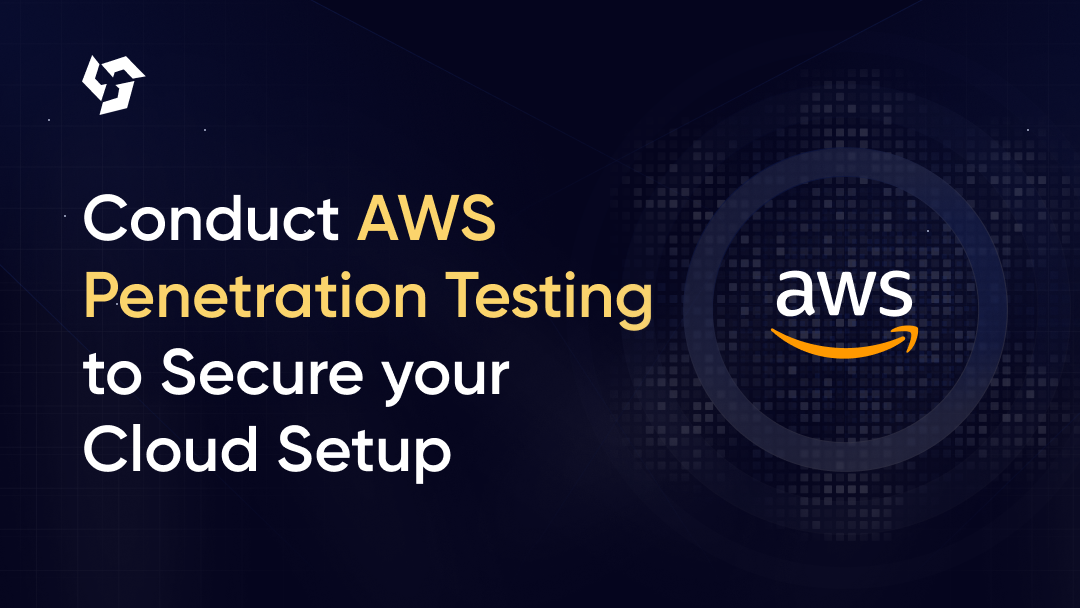
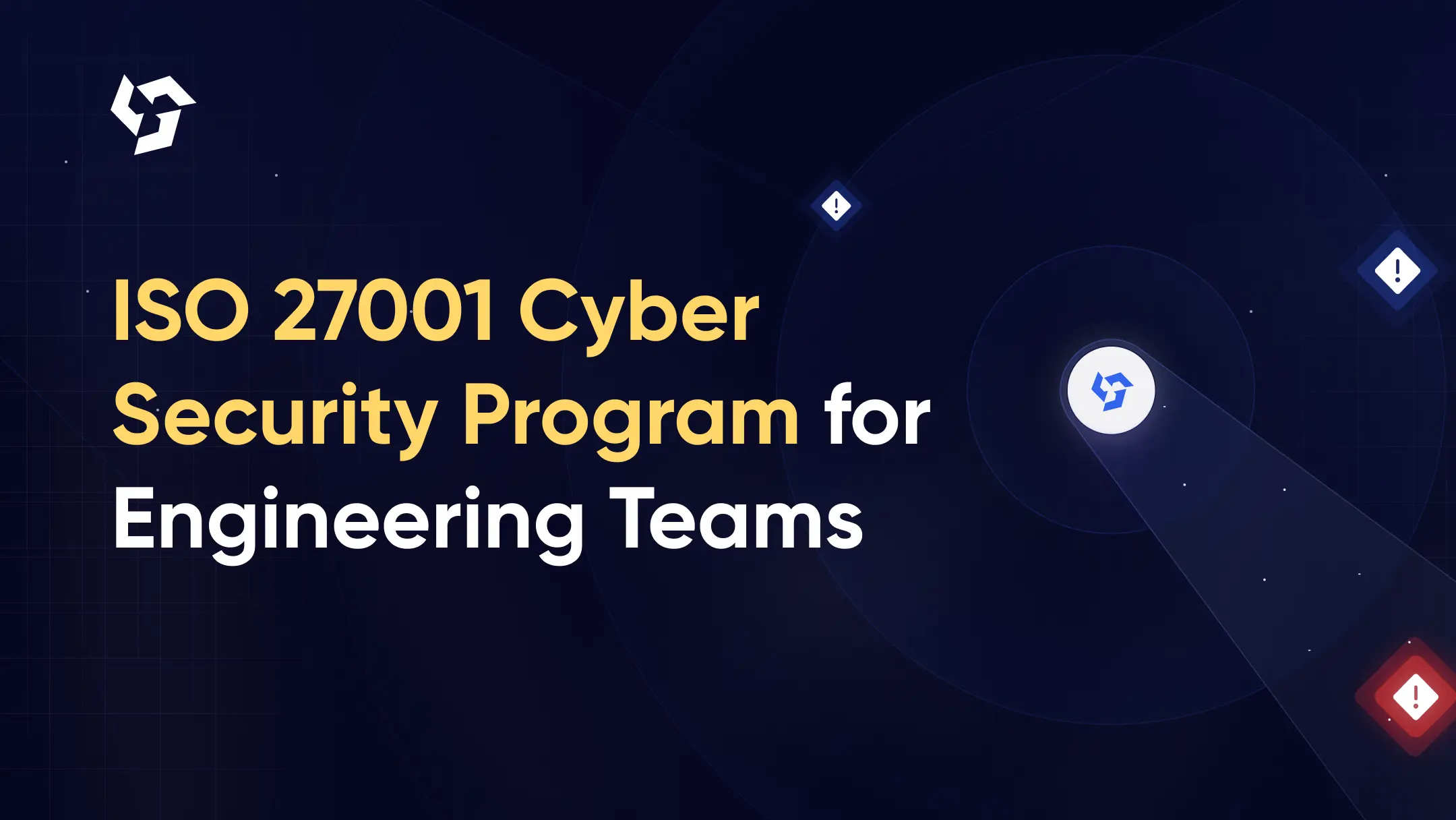
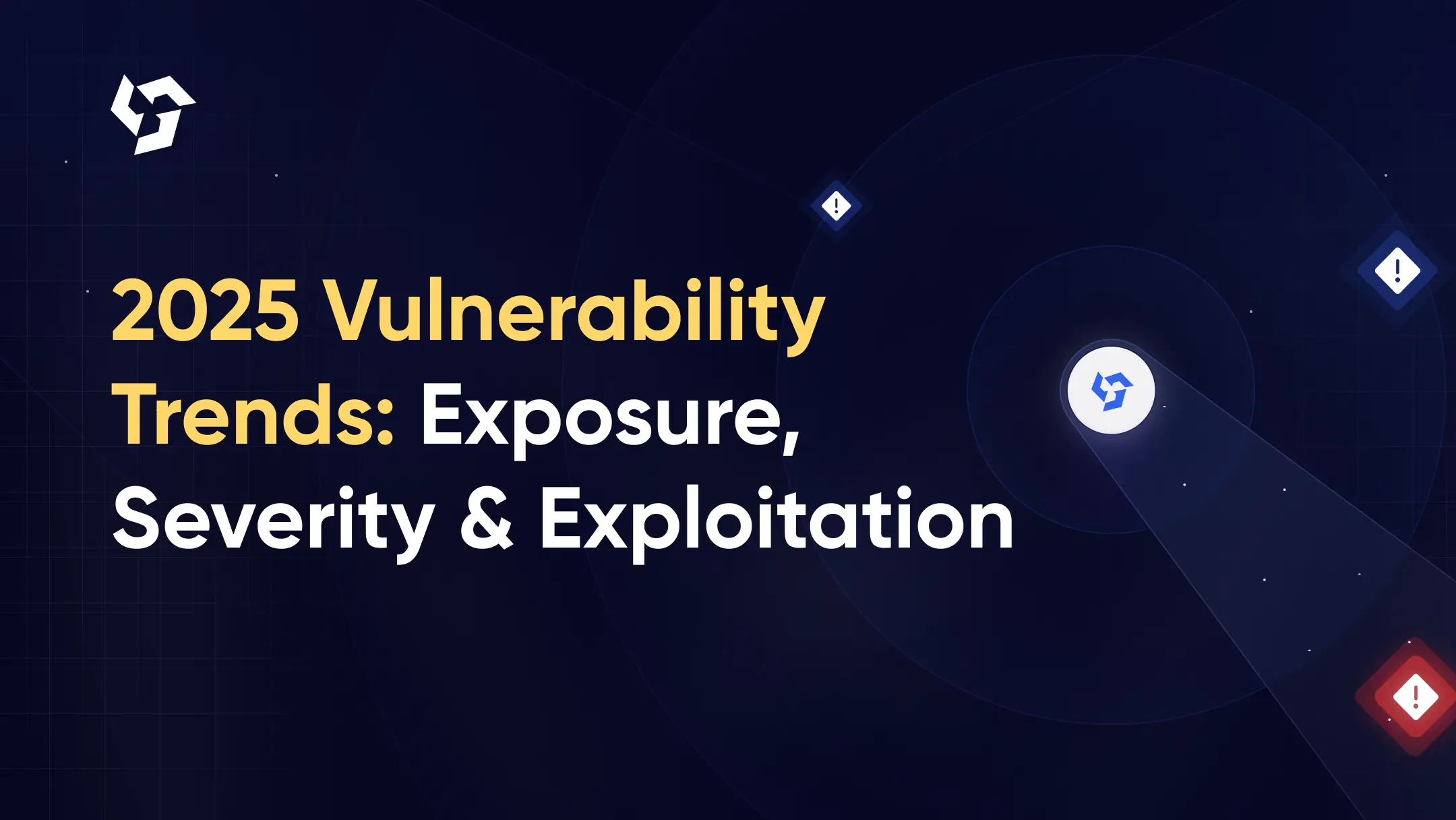
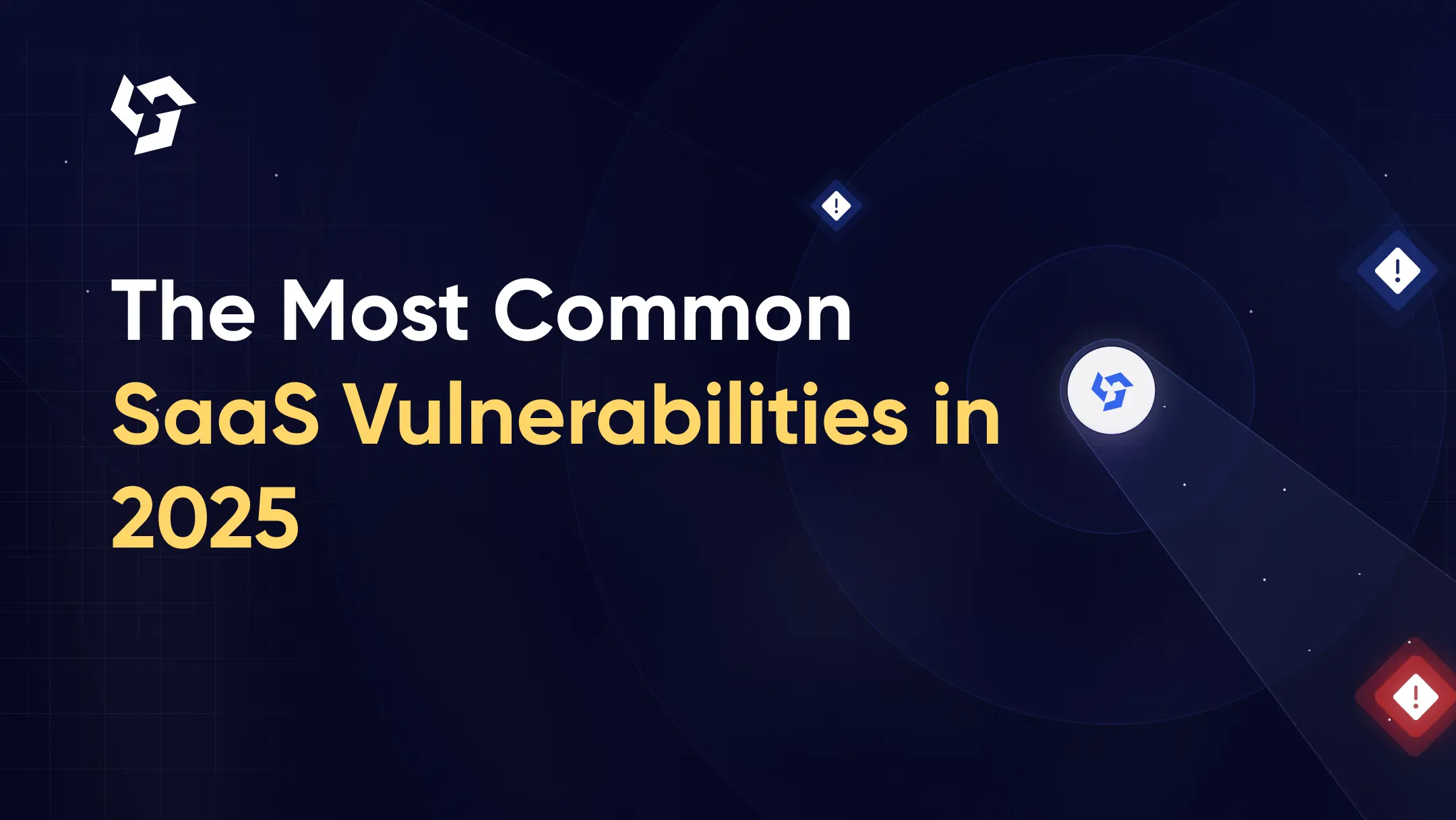









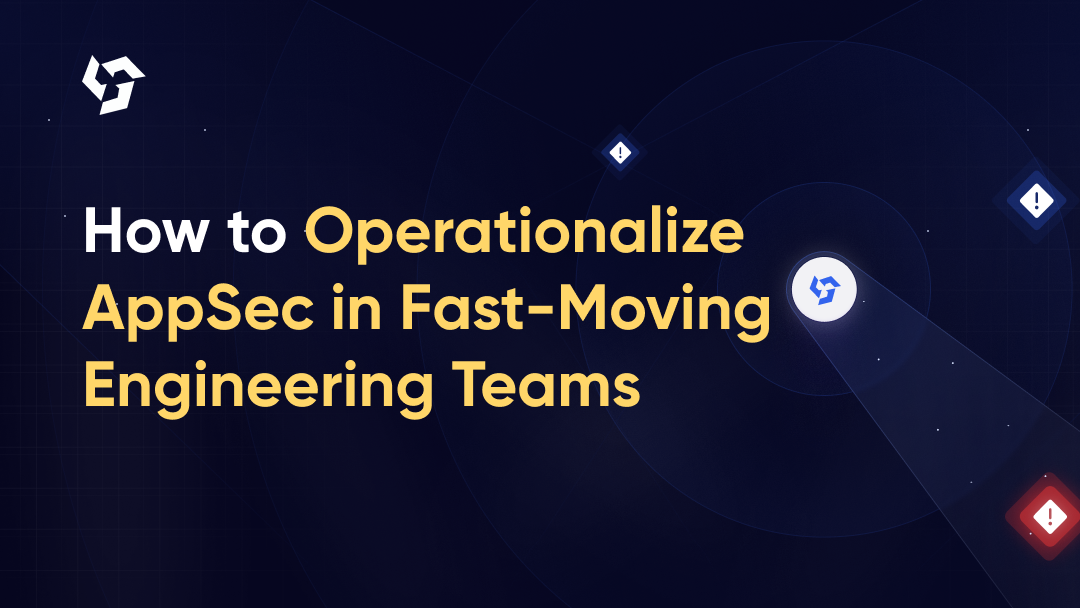

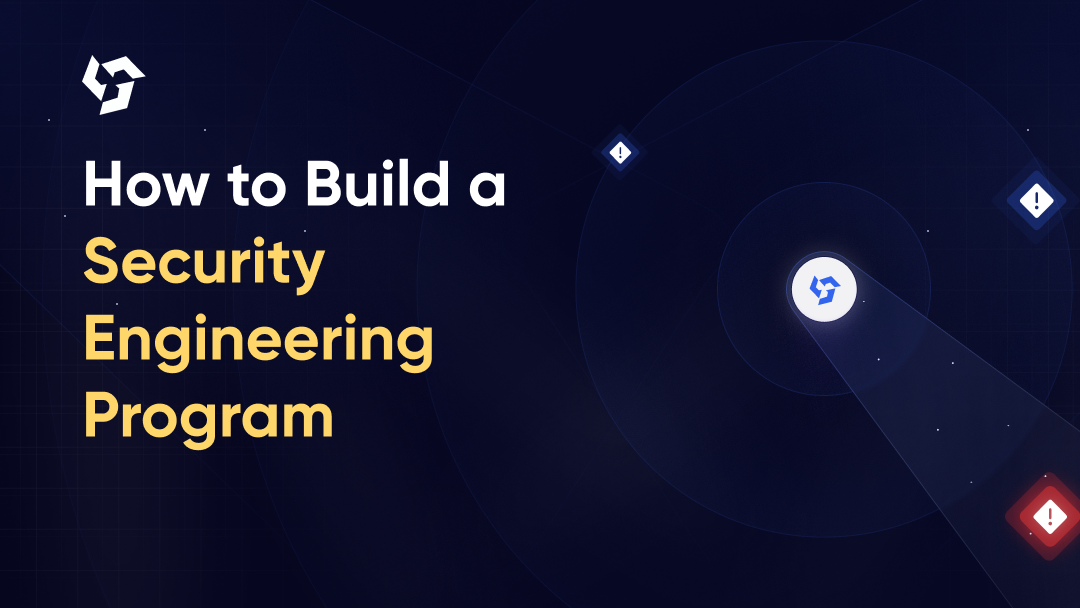

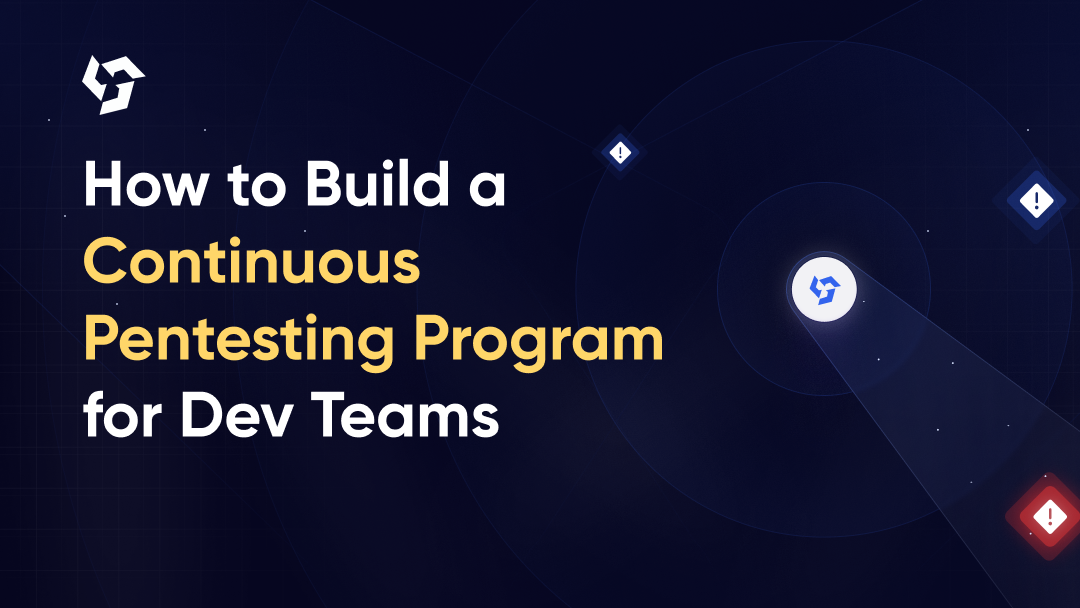




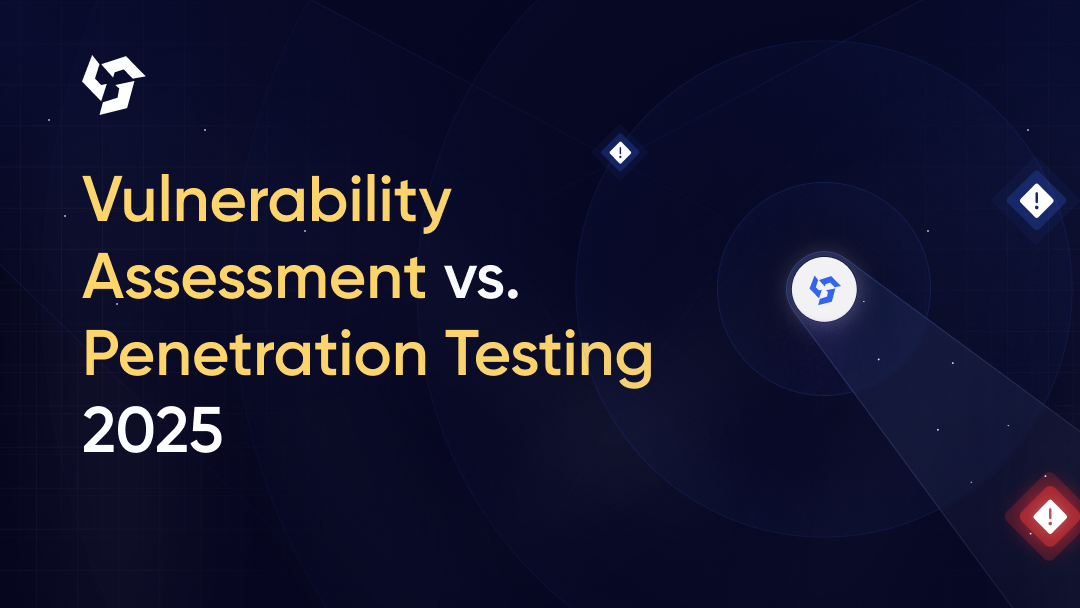

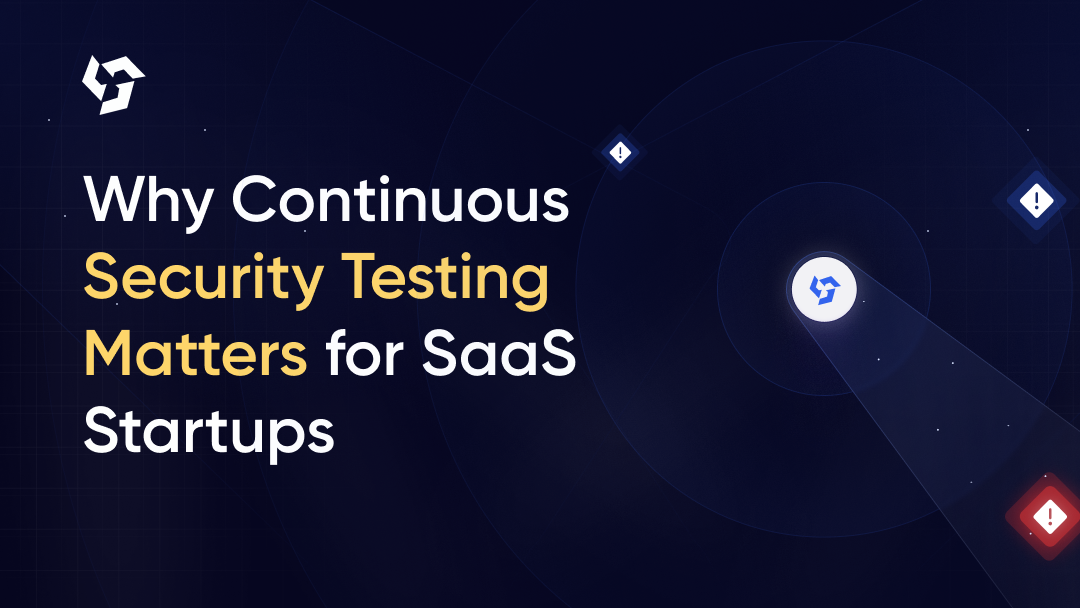
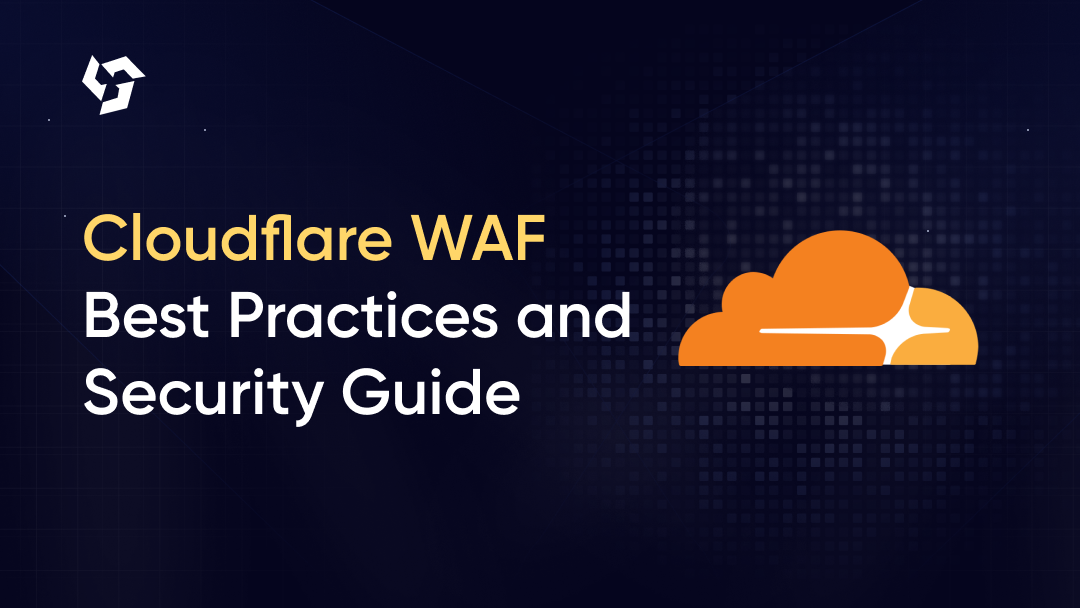

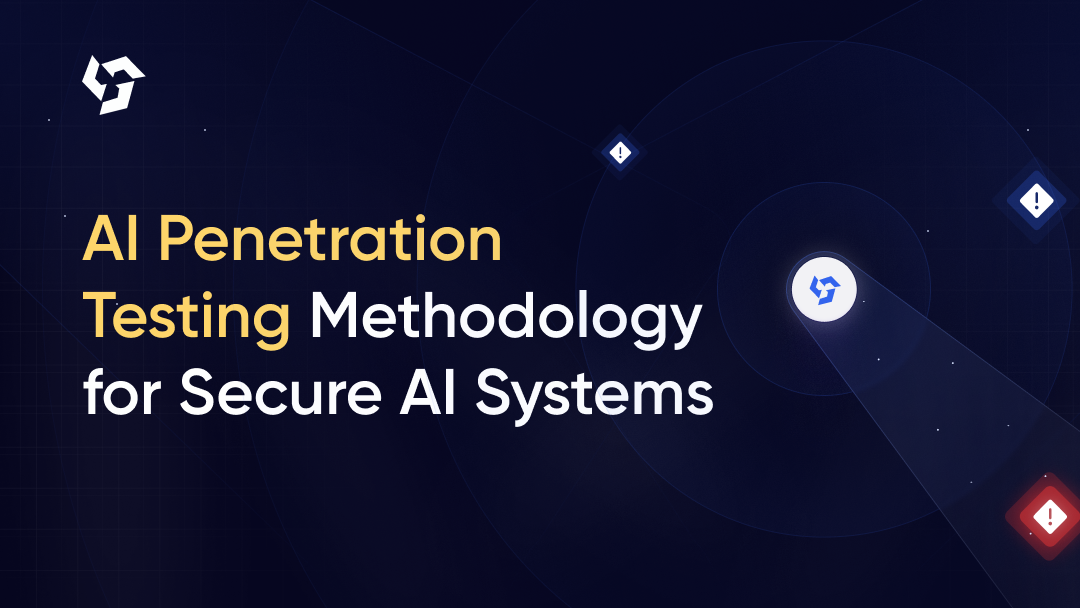
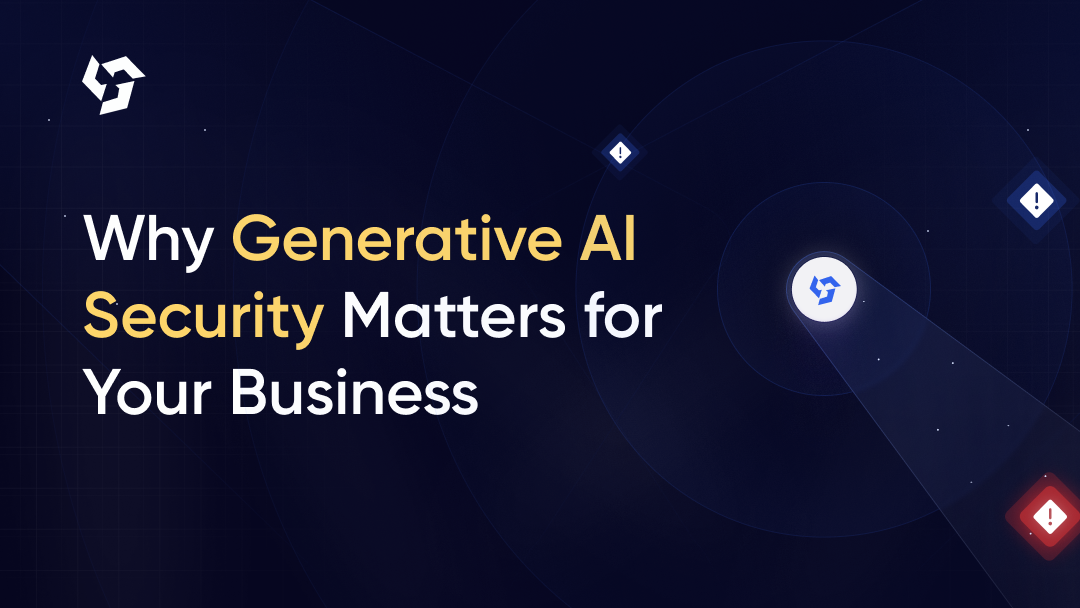
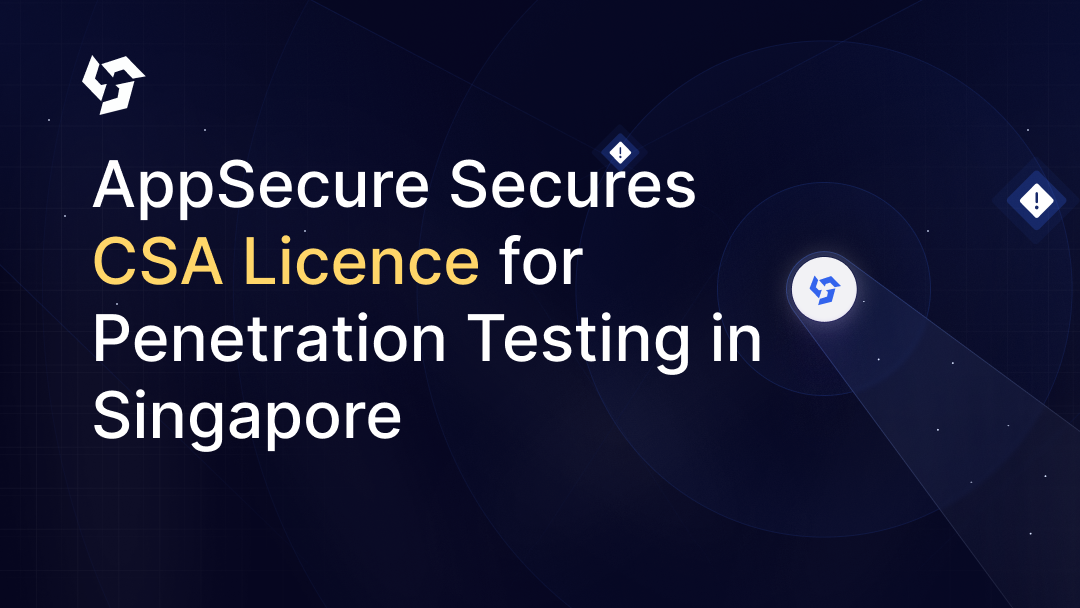
.png)
.png)
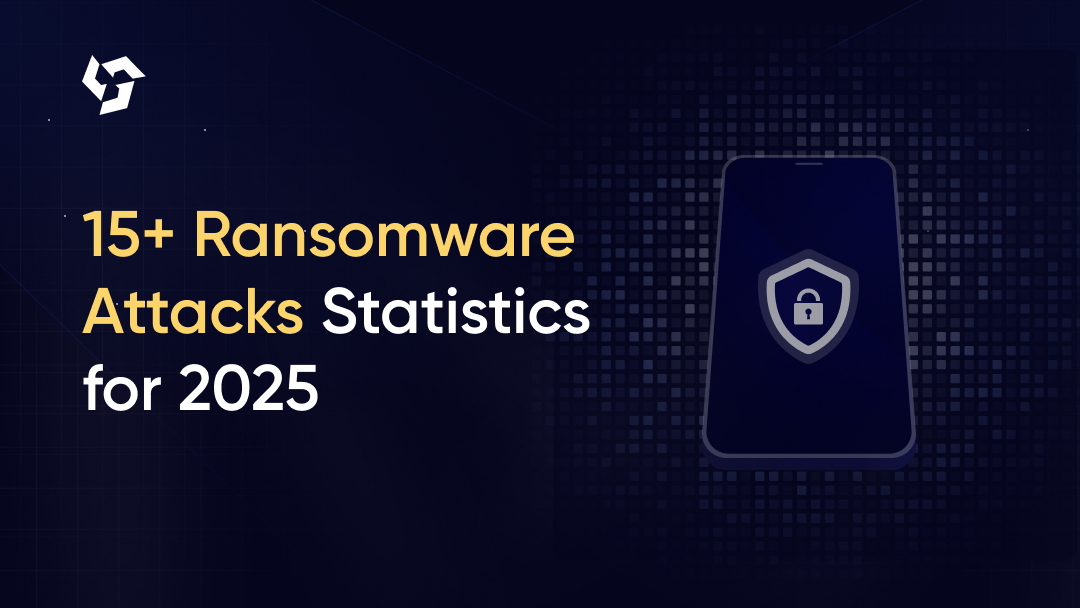
.png)
.png)
.png)
.png)
.png)
.png)
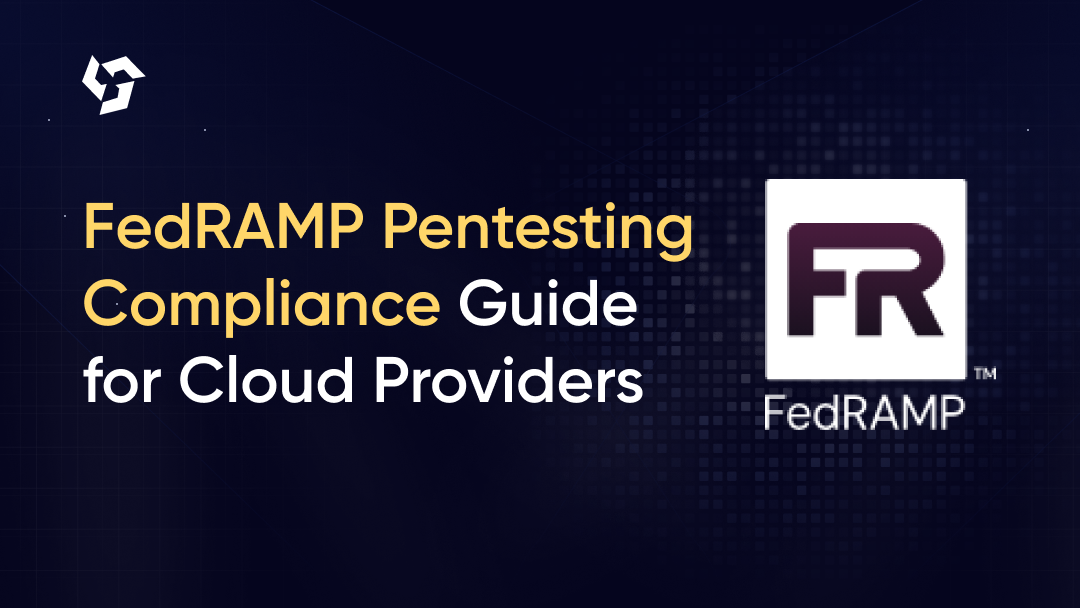
.png)
.png)
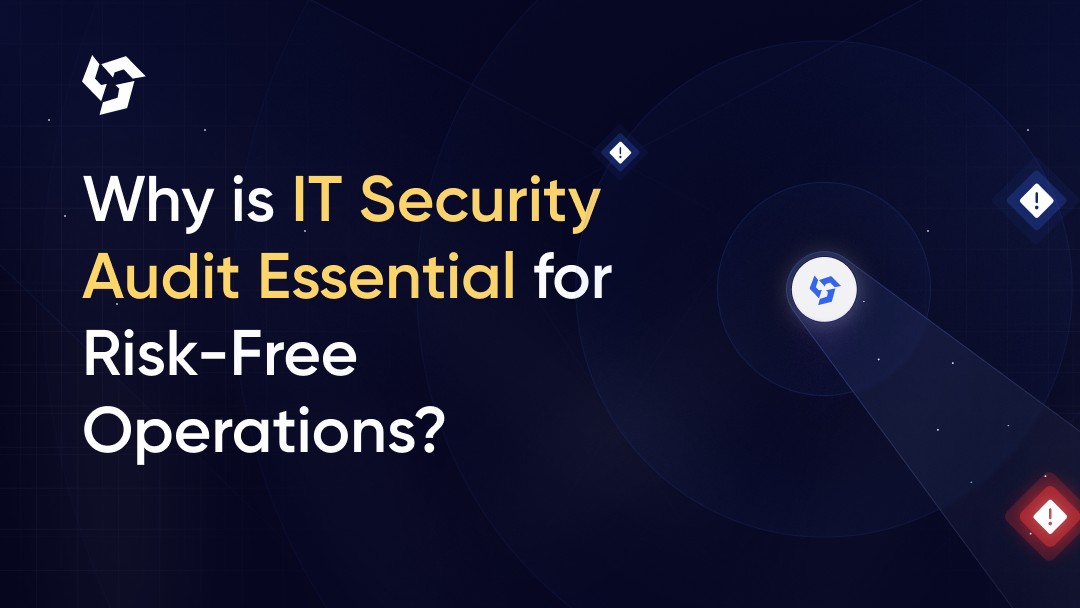

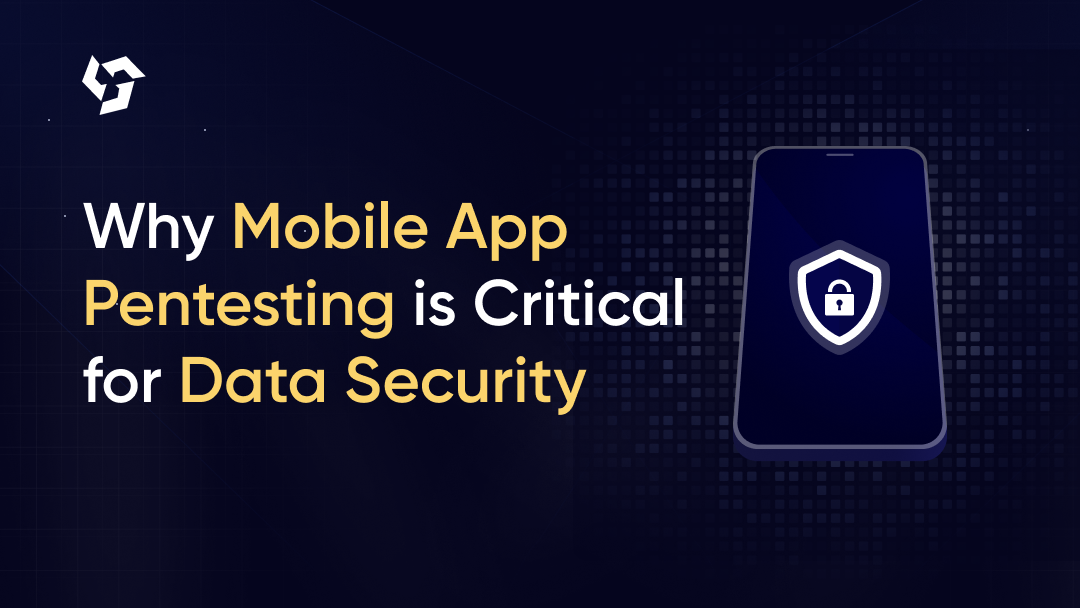
.png)
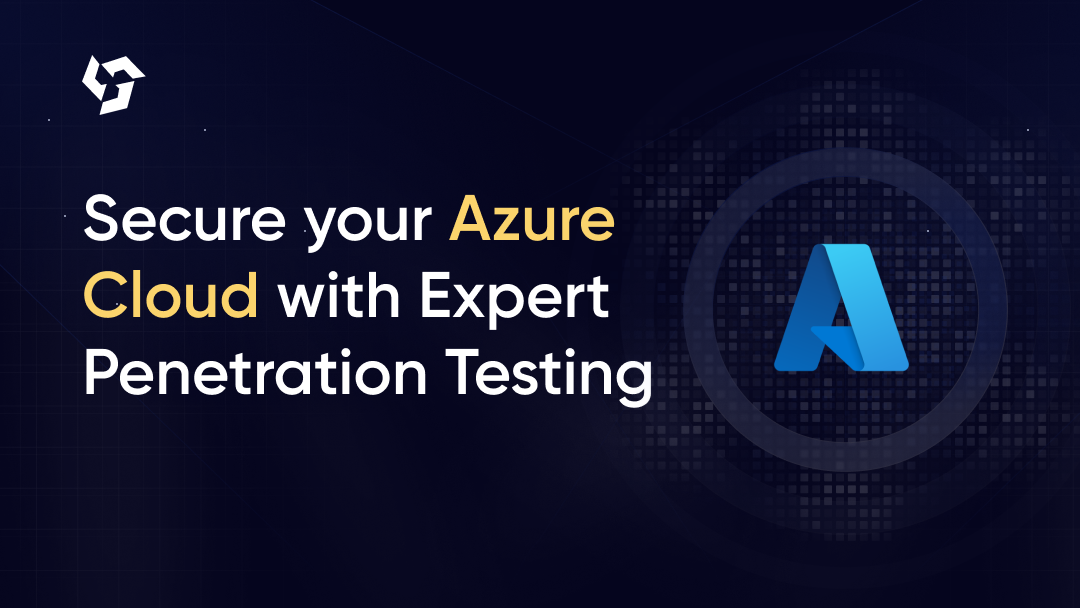
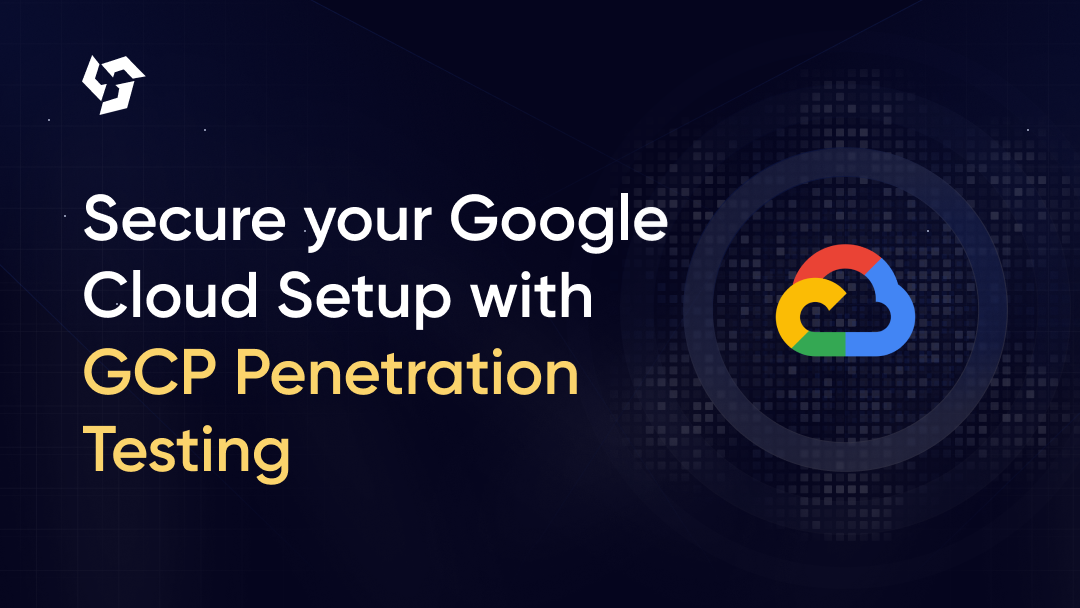
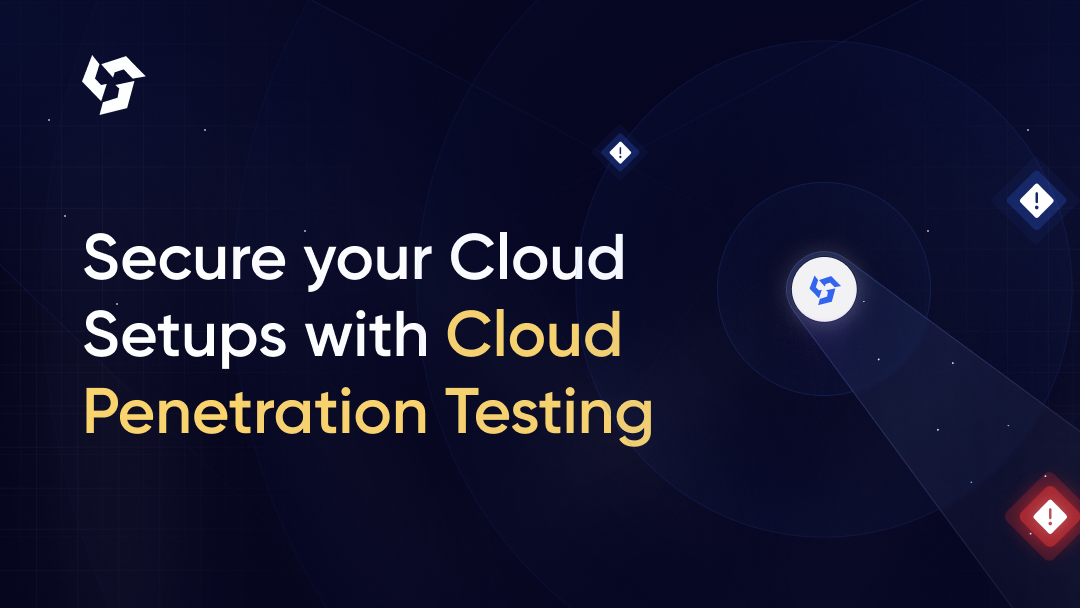
.png)
.png)
.png)
.png)

.png)
.png)
.png)

.png)
.png)
.png)
.png)
.png)

.png)









.webp)





.webp)


.webp)

.webp)



.webp)
.webp)
.webp)
.webp)









.webp)
